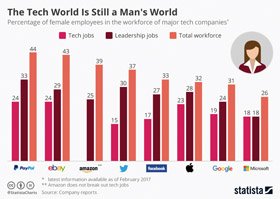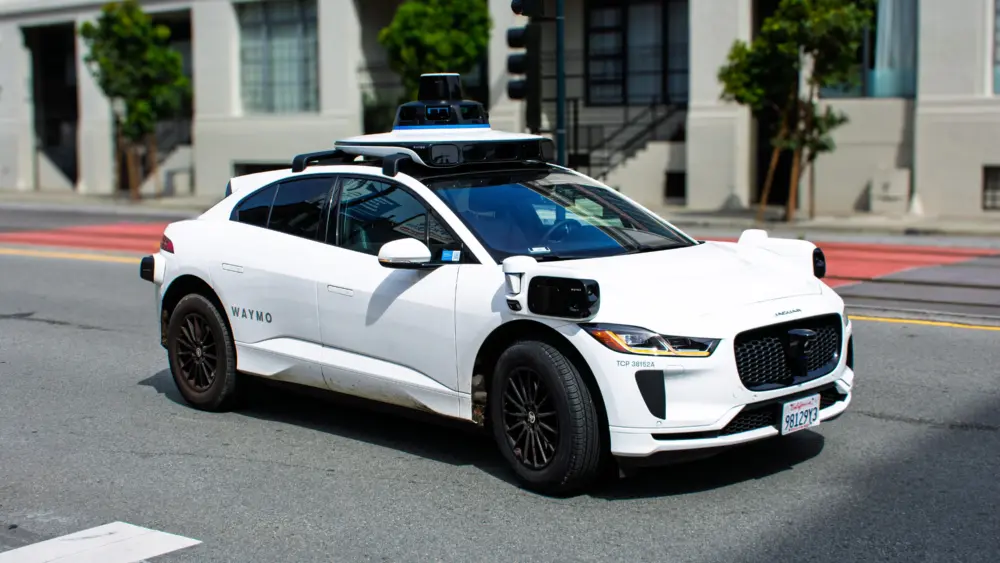The smart people at the MIT Technology Review came up with a list of 10 breakthrough technologies for 2017. To quote the article, “[s]ome are unfolding now; others will take a decade or more to develop. But you should know about all of them right now.” Here’s a brief summary of each breakthrough technology.
1. Reversing Paralysis (10-15 years away): Paralysis occurs because signals from the brain cannot reach muscles to activate them. This technology places tiny electrodes in the motor centers of the brain, and connects them wirelessly to similar electrodes in the muscles. Of the technologies on MIT’s list, this one seems to me the farthest from reality.
2. Self-Driving Trucks (5-10 years): The main problem is that trucks don’t handle in the same way as cars. For example, although a car can skid when braking, it’s not pulling a trailer which will jackknife. Software which can successfully emulate a professional driver with years of experience under a wide range of conditions is still in the future, but expect to see this technology used in controlled situations in the next five years.
3. Paying with Your Face (Now): Facebook can identify your friends faces with a high degree of success. Is facial recognition sufficiently discriminating to replace passwords or government ID? Software from China-based Face++ (www.faceplusplus.com) is used by several Chinese companies in place of other forms of identification. Of course, it’s also being used by their local police to search for suspected criminals on surveillance video. Given the political differences between the US and China, expect adoption here to come more slowly, accompanied by regulation.
4. Practical Quantum Computers (4-5 years): Quantum computing is basically magic. In theory, it can solve problems that are effectively impossible to solve using current technology. One of those effectively-impossible problems (factoring large prime numbers) forms the basis for all current computer security. There are lots of obstacles to a practical quantum computer, but it will change the face of computing when it arrives (Though I find four to five years years optimistic).
The 360-Degree Selfie (Now): By now, we’ve all seen still images, which allow you to pan around in a circle. There are now relatively inexpensive (less than $500) 360-degree video cameras, which allow you to pan around in a video as it’s playing. Here today, and it will only get cheaper over the next few years. Visit the link above for some cool videos using various cameras.
6. Hot Solar Cells (10-15 years): One of the big problems with current photovoltaic (PV) solar cells is that they aren’t terribly efficient, converting only about one-third of the light energy that falls on them into electricity, because it’s the wrong wavelength. Modifications which convert the “wrong” wavelengths into the right ones by heating carbon nanotubes, promise higher efficiencies in the stated timeframe.
7. Gene Therapy 2.0 (Now): For genetic disorders with a single cause, it’s now entirely possible to cure them using a virus to deliver healthy copies of a gene to replace the ones responsible for the disorder. Haemophilia and Severe Combined Immune Deficiency (SCID) are two disorders that can be cured by gene therapy today. Unfortunately, diseases with more complex genetic underpinnings will be slower to succumb to gene therapy treatments. Still, the long-term potential for these improved forms of gene therapy is enormous.
8. The Cell Atlas (5 years): We’ve decoded the human genome, but we don’t really know much about the cells which are the expression of that genome. The “Cell Atlas” seeks to use new techniques to tag specific types of cells, their locations, and which genes are active in those cells to provide new understanding of how our bodies work at the cellular level.
9. Botnets of Things (Now): We already knew about botnets, large groups of computers with a known vulnerability being silently taken over by software which allows someone else to control them, usually to deliver a large-scale attack on a website or Internet-based service. Now instead of taking over your Windows PC, hackers take over your Internet-connected devices (such as refrigerators, digital recorders, cars and TVs) to accomplish the same end.
10. Reinforcement Learning (Now): Machines are now able (in a limited way) to figure out “If I do this thing, then this other thing happens.” Call it learning through trial-and-error, call it practice, call it reinforcement learning, it all amounts to much the same thing. As I’ve written about before, this development of machine “intelligence,” in conjunction with robotics, will fundamentally change the world over the next two decades.
Not a bad list of breakthrough technologies to watch, especially practical quantum computers and gene therapy. I hope I’ve piqued your interest. For more information, go to www.technologyreview.com.
Author
-

Michael E. Duffy is a 70-year-old senior software engineer for Electronic Arts. He lives in Sonoma County and has been writing about technology and business for NorthBay biz since 2001.
View all posts




